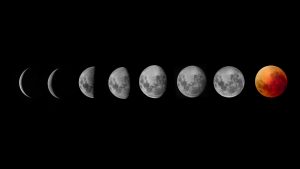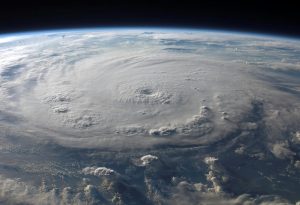The moon will guide you through the night with her brightness.
Moon
The Moon that surpasses that of any other cosmic body except Earth itself. Although many questions remain about its composition, structure, and history, it has become clear that holds keys to understanding the origin of Earth and the solar system.
In ancient times, observed by many civilizations, and its motions were often linked to religious and cultural practices. Ancient astronomers noticed the regular phases, its rising and setting, and its effect on the tides. These observations were critical in developing early calendars and systems of timekeeping.
In Greece, for instance, the central to their astronomical theories, with philosophers like Plato and Aristotle speculating on its composition and role in the cosmos. the 20th century, humanity’s ability to study the Moon was revolutionized by space exploration. The Apollo program, culminating in the first human landing on the Moon in 1969, provided unprecedented direct data about the Moon’s surface, composition, and environment.
The Apollo astronauts collected rock samples that revealed the geological history and its similarities to Earth, indicating a shared origin or a common history of formation.
Role of moon
The mass distribution is not uniform—the center of mass is displaced about 2 km (1.2 miles) toward Earth relative to the center of the lunar sphere, also surface mass concentrations, mas cons for short, that cause the gravitational field to increase over local areas.
The gravitational pull of the Moon on Earth‘s oceans causes the rise and fall of sea levels, a phenomenon known as tidal forces. This discovery, often attributed to Sir Isaac Newton’s work on gravity in the 17th century, deepened our understanding of the dynamic relationship between Earth and its satellite.

The interaction between the Earth and the Moon has profound consequences on both the dynamics of the Earth-Moon system and the evolution of timekeeping on Earth. The explanation you’ve provided outlines how the sidereal month and synodic month differ, and how tidal interactions are causing gradual changes to these periods, along with the Earth’s rotation and distance.
1.Described as orbiting Earth, it is more accurate to say that the two bodies orbit each other about a common center of mass. Called the barycenter, this point lies inside Earth about 4,700 km (2,900 miles) from its center.
2.The distance between the Moon and Earth varies combined gravity of Earth, the Sun, and the planets. the last three decades of the 20th century.
Lengthening of Days and Months Over Geological Time:
The tidal interactions between Earth and the Moon have been gradually slowing the Earth’s rotation for billions of years. Fossil corals and growth rings in ancient tidal deposits have provided valuable data that confirm this process.
it is estimated that around 400 million years ago, during the Devonian period, a day on Earth was only about 21 hours long, as much closer to Earth completing its orbit more quickly, likely within a shorter sidereal period.
The spin axis is almost perpendicular to the plane of the ecliptic (the plane of Earth’s orbit around the Sun)—inclined only 11/2° from the vertical—it has no seasons. Sunlight is always nearly horizontal at the lunar poles.
Atmosphere

The atmosphere is extensive and of high scientific interest. During the Moon’s two-week daytime period, various processes lead to the ejection of atoms and molecules from its surface.
When the Moon is on the sunward side of Earth, atmospheric gases collide with the undisturbed solar wind; in other parts of the orbit, they move into and out of the elongated tail of Earth’s magnetosphere, an enormous region of space where the planet’s magnetic field dominates the behavior of electrically charged particles.
For More : Naema Ashraf

